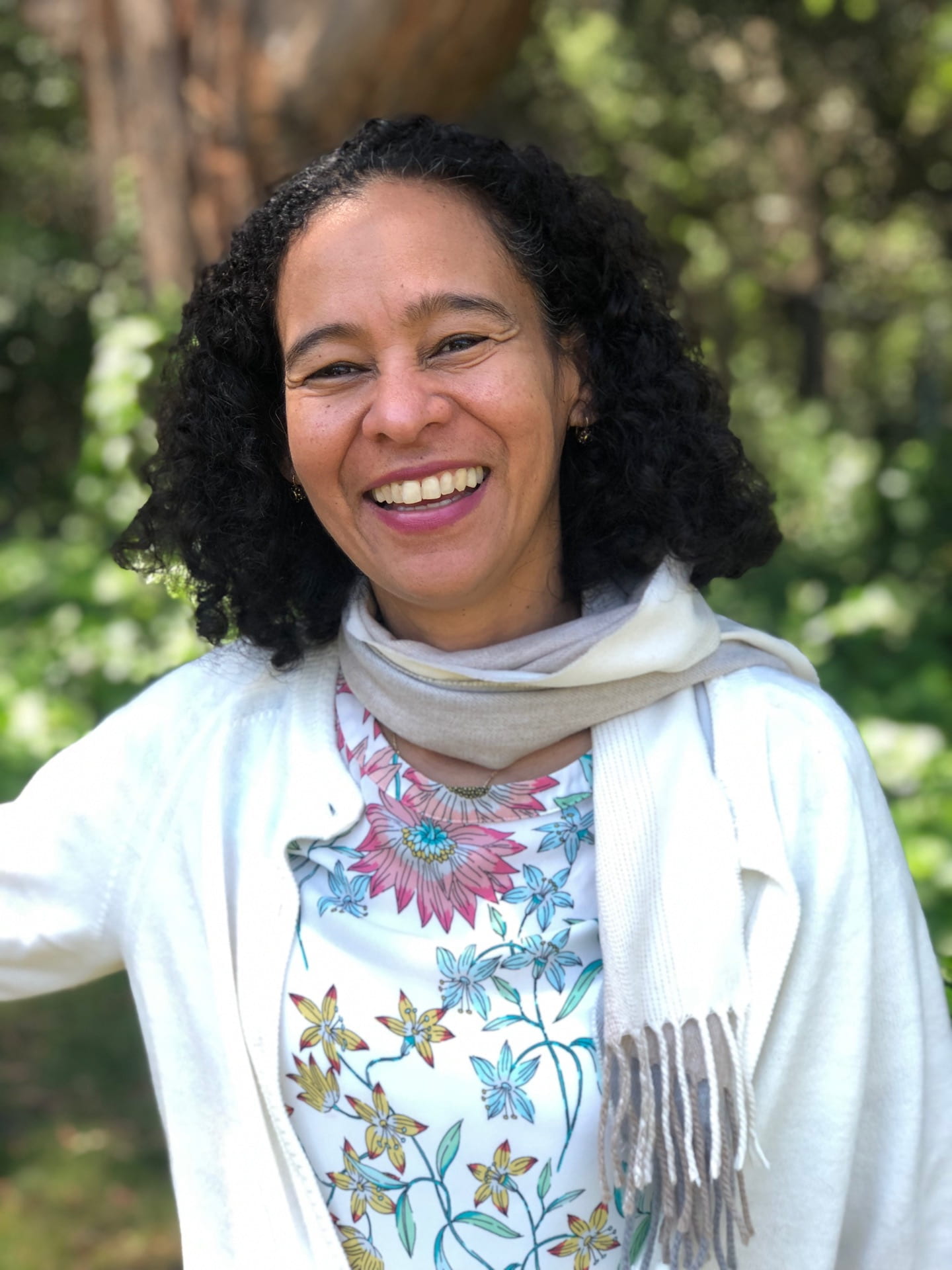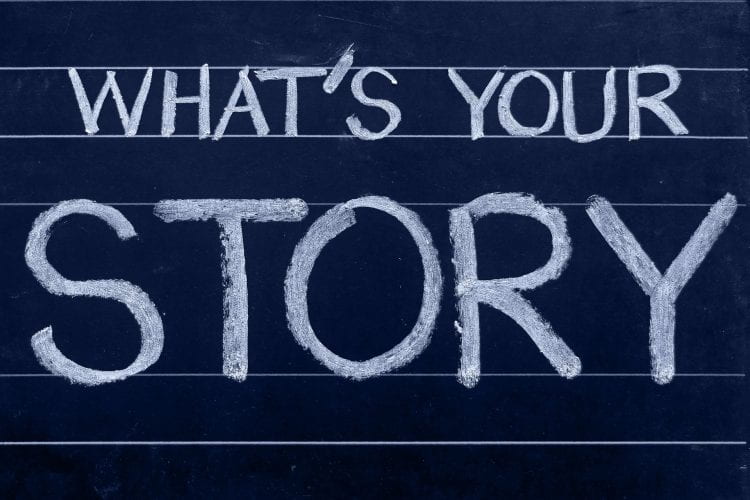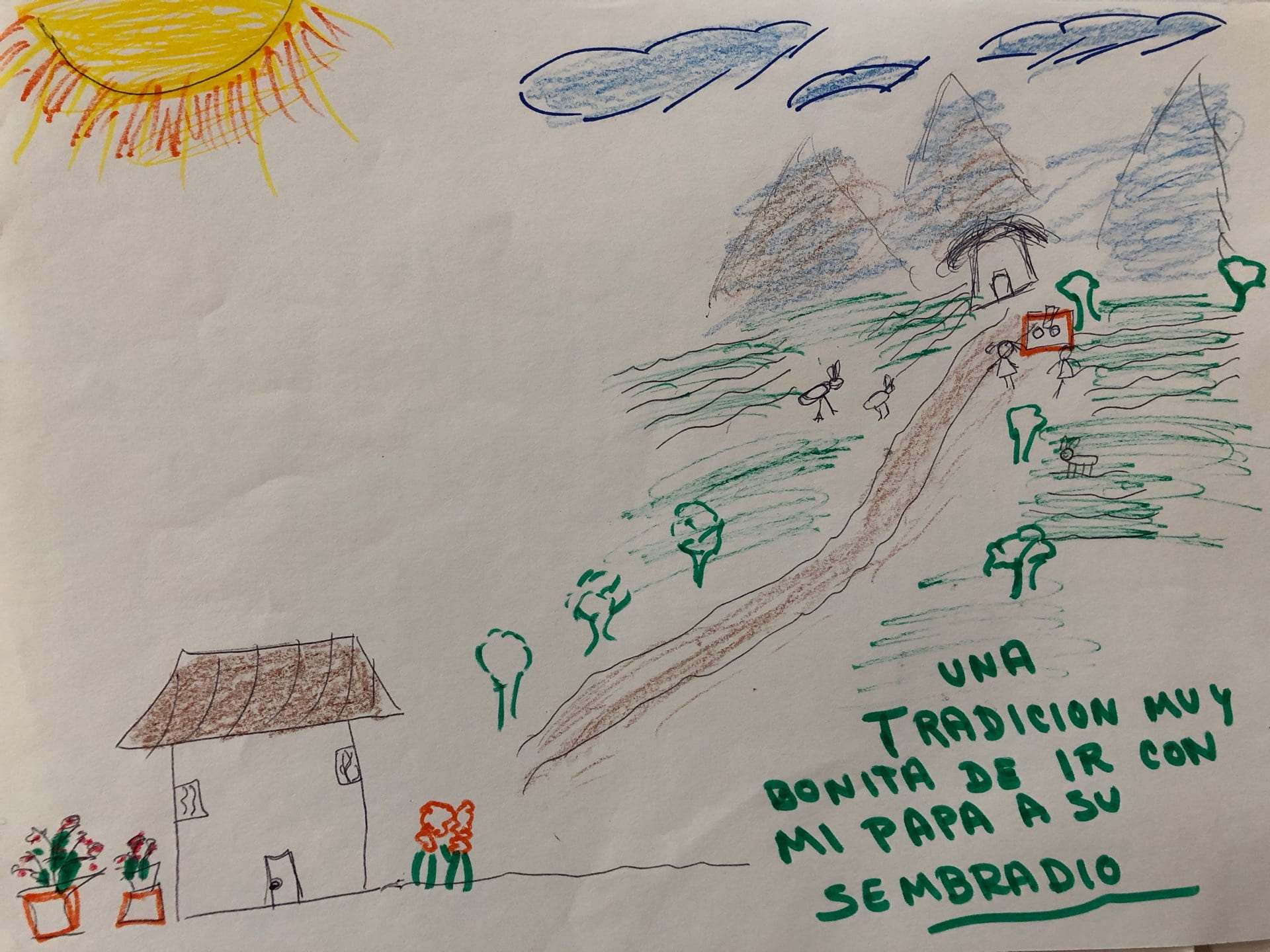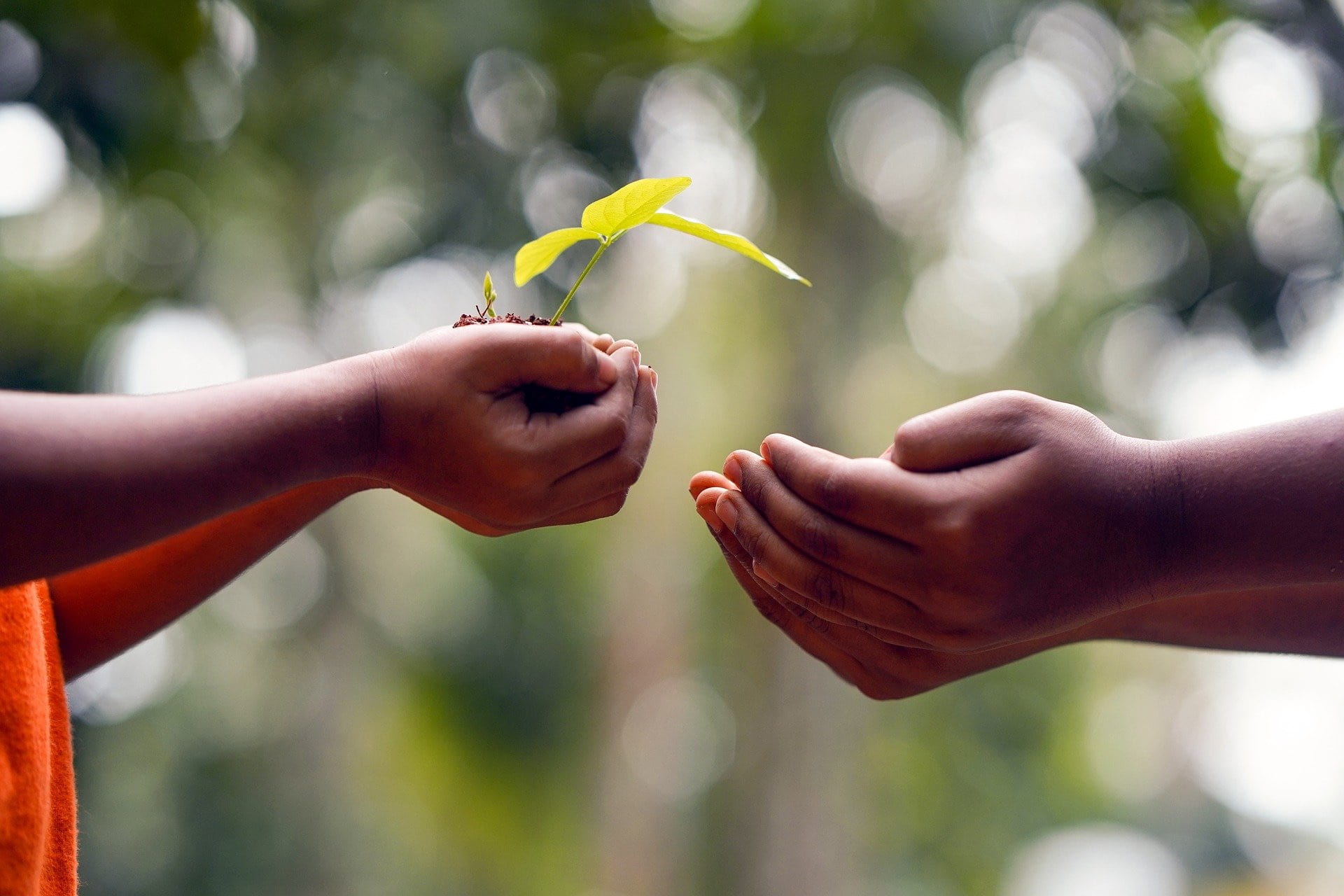 By Moraima Machado, Ed.D (Principal in San Lorenzo Unified School District)
By Moraima Machado, Ed.D (Principal in San Lorenzo Unified School District)
The goal of freedom is human creativity, the enhancement, and elaboration of life ~ (Nachmanovitch, 1990)
When I was growing up in Venezuela, I often found myself on my mother’s bed or at our dining room table listening to stories. We didn’t have a television. My mom and Tia Elsita filled our space with all sorts of stories — from times when they were growing up during politically turbulent times to more contemporary stories of their daily lives. The stories of our grandparents tapped into ancestral knowledge and shaped future generations, stories of dichos, consejos, joy, sorrow, love, and resilience. I do not recall when the learnings from those stories began to influence who am I as a mother, wife, sister, daughter, friend, colleague, and educational leader. But they did and for that I am always grateful.
What I do recall is that in my career as a school leader, sharing my story was not something that I felt I needed to do— instead I felt that I needed to assimilate to the dominant culture; however, recently, as I undertook a project to bring the stories of families and children into the school, I felt the need to share my mother’s stories as a foundation of my work. When we, as members of communities of color, enter the white dominated educational system, we are compelled to leave our culture “at the door”. There is no room for our voices. As a principal, I knew that I needed to tap into imagination and creativity to support teachers to bring the voices of Students of Color into the curriculum. As Communities of Color engage in counter-storytelling, their hopes, dreams, and aspirations for their children come to the forefront.
As a principal, I knew that I needed to tap into imagination and creativity to support teachers to bring the voices of Students of Color into the curriculum.
I invited a group of three teachers, a counselor, parents, and a community member to engage in a participatory action research project that entailed three successive cycles of inquiry over 18 months to bring the voices and stories of families of color into the curriculum. We were certain that providing a place for families to engage in a learning exchange and share stories and memories would lead to more innovative curriculum in the fifth-grade classrooms. And we were right!
Inspired by the learning exchange philosophy and work of Guajardo et. al. (2016), I began with the self. I shared my story of growing up in a poor section of Caracas and becoming an immigrant to the United States. Then, we invited parents to a Family Community Learning Exchanges (CLE) at our school to share their stories and histories. This work required imaginative thinking (Judson, 2018) to engage the families in drawing, thinking, and talking about their daily lives, their family histories, and the circumstances of their current experiences.
As students and teachers listened to each other’s stories, the stories became more than a story. These stories constituted testimonios, a stronger word in Spanish for bearing witness, similar to what Emdin (2016) recommends in pedagogical approaches to replicate the cultural experience of the Black church. By testifying, the parents and families laid claim to stories of their power and gained a different kind of agency in the learning exchanges and, subsequently, the fifth-grade students did in their classrooms. The relationship between teachers and students changed from hierarchical to horizontal, and the stories of the students became the foundation of creating a classroom community.
We used the stories shared by parents at the CLE to create a curriculum of storytelling in the fifth-grade classrooms– what Muhammed (2018) names as critical literacy. The teachers and I realized that we had asked students to write emulation poems previously and the students had shared the “I come from a place” poems for many years. However, this time we observed a difference. In this case, the teachers understood that student testimonios as a process of witnessing—meaning public listening and relating to the stories— builds stronger community. As a result, teachers asked for stories from their students with the end goal of building community and not an assignment.
Alaina, a fifth-grade teacher reflected on this shift:
Instead of this is an assignment where you’re bringing your story and you’re teaching us about you. This identity project was more like we’re creating the community. You are part of this. You’re bringing your story and bringing it into the classroom where the story is like the bonds that we’re having. And I mean, the stories are who we are as a class. (Alaina Lee, December 5, 2020)
What we learned throughout this project is that the storytelling process required changing relationships among participants from hierarchical to horizontal. For teachers and administrators to learn from families of color, we needed to be vulnerable, to let down the walls that separate us from the parent community, and to practice a different kind of listening. To do this, we had to engage in the imaginative act of witnessing stories. Using CLEs and protocols, we created a gracious space for deeper listening with our parent community (Guajardo & Guajardo, 2013; Hughes & Grace, 2010). Intertwined in the process of sharing each other’s stories in family wisdom circles, we were able to see each other differently–not as professionals and parents interacting in a school setting, but as co-storytellers and listeners. The process humanizes the experience for everyone and sustains relationships in our work (San Pedro & Kinloch, 2017).
References
Guajardo, M., Guajardo, F., Janson, C., & Militello, M. (2016). Reframing community partnerships in education: Uniting the power of place and wisdom of people. Routledge.
Judson, G. (2018). Re-imagining school leadership: Beginnings. imaginative educational leadership.https://www.educationthatinspires.ca/2018/02/15/re-imagining-school-leadership/
Nachmanovitch, S. (1990). Free play: Improvisation in life and art. Tarcher/Putnam.
Quinn, J. & Blank, M. J. (2022). Twenty years, ten lessons: Community schools as an equitable improvement strategy. Voices of Urban Education, 49(2). DOI: https://doi.org/10.33682/3csj-b8r7



